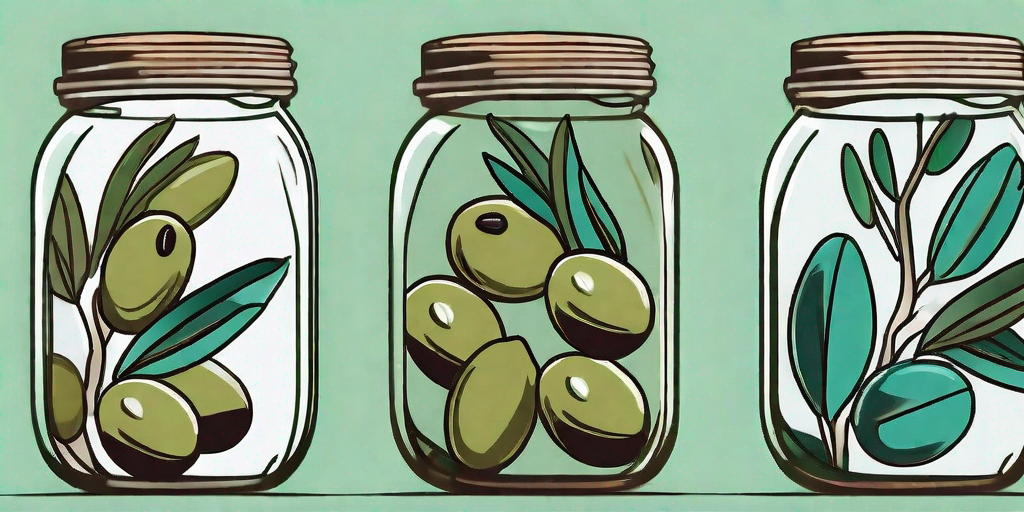
Olives, those small, round fruits that you either love or hate, have been a staple in Mediterranean cuisine for thousands of years. But did you know that they're not naturally tasty? In fact, they're incredibly bitter when plucked straight from the tree. It's only through the magic of preservation that they transform from bitter to better. So, if you've ever wondered how to preserve olives at home, you're in the right place. Buckle up, because we're about to embark on a culinary journey that's as exciting as it is delicious.
The Olive: A Brief History
Before we dive into the nitty-gritty of olive preservation, let's take a moment to appreciate the rich history of this humble fruit. The olive tree is one of the oldest cultivated trees in the world, with its origins tracing back to the ancient civilizations of the Mediterranean. It's been a symbol of peace, wisdom, and prosperity, and has played a crucial role in the economies of countries like Greece, Italy, and Spain.
But despite its ancient roots, the olive tree is surprisingly hardy. It can withstand harsh conditions, poor soil, and even drought. This resilience, combined with the olive's versatility in cooking, has made it a beloved ingredient in cuisines around the world.
The Art of Olive Preservation
Now, let's get down to business. Olive preservation is a process that involves soaking the olives in a solution to remove their bitterness, then storing them in a brine or marinade to enhance their flavor. It's a simple yet delicate process that requires patience and precision. But don't worry, we're here to guide you every step of the way.
Ready to transform those bitter olives into a delicious treat? Let's get started!
Step 1: Choosing Your Olives
Not all olives are created equal. The type of olive you choose will greatly affect the final product. Some popular varieties include Manzanilla, Kalamata, and Ligurian. Each has its own unique flavor profile, so feel free to experiment and find your favorite.
When choosing olives, look for fruits that are firm, free from blemishes, and have a uniform color. Remember, quality in, quality out!
Step 2: Curing the Olives
The first step in the preservation process is curing. This involves soaking the olives in a solution to remove their bitterness. There are several methods you can use, including water curing, brine curing, and lye curing. Each method has its pros and cons, so choose the one that best suits your needs.
Regardless of the method you choose, the key to successful curing is patience. It can take anywhere from a few days to several weeks for the bitterness to fully leach out. So sit back, relax, and let nature do its thing.
Step 3: Storing the Olives
Once the olives are cured, it's time to store them. This is where you can get creative and add your own twist. You can store the olives in a simple brine, or you can add herbs, spices, and other flavorings to create a unique marinade.
The olives should be fully submerged in the brine or marinade and stored in a cool, dark place. With proper storage, they can last for several months, if not years. But let's be honest, they're probably not going to last that long!
FAQs about Olive Preservation
Still have questions about olive preservation? Don't worry, we've got you covered. Here are some frequently asked questions and their answers.
Can I use any type of olive for preservation?
Yes, you can use any type of olive for preservation. However, some varieties are better suited for this process than others. For example, Kalamata olives are known for their rich, robust flavor, making them a popular choice for preservation.
How long does it take to cure olives?
The curing process can take anywhere from a few days to several weeks, depending on the method used. Water curing is the fastest method, but it also requires the most maintenance. Brine curing and lye curing take longer, but they require less maintenance.
How long can preserved olives last?
With proper storage, preserved olives can last for several months, if not years. However, once the container is opened, the olives should be consumed within a few weeks.
Conclusion
And there you have it, folks! The art of preserving olives from start to finish. It's a process that requires patience and precision, but the end result is well worth the effort. So the next time you're at the grocery store, skip the canned olives and try preserving your own. You might just discover a new favorite hobby!
Remember, the journey from bitter to better is all part of the fun. So embrace the process, experiment with different flavors, and most importantly, enjoy your delicious, homemade olives. Happy preserving!











